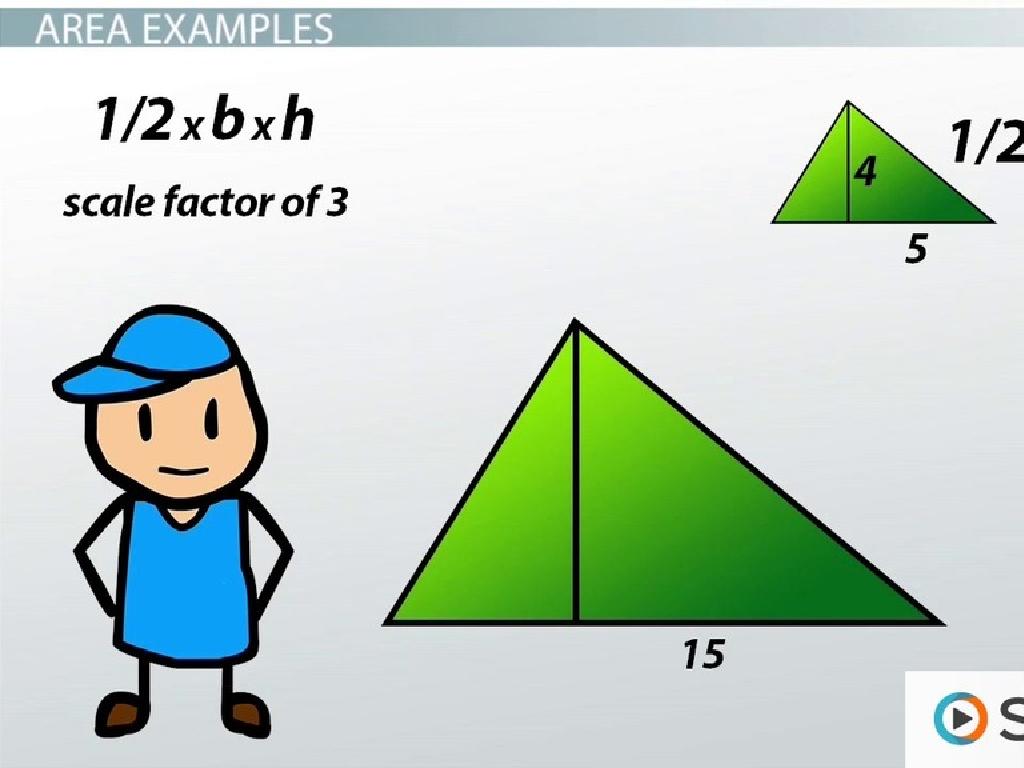Usage And Style
Subject: Language arts
Grade: High school
Topic: Grammar
Please LOG IN to download the presentation. Access is available to registered users only.
View More Content
Welcome to Usage and Style in Grammar
– Importance of usage and style
– Usage and style enhance clarity and engagement in writing.
– Their role in communication
– Clear communication is key in conveying ideas effectively.
– Lesson objectives preview
– We’ll explore how to apply usage and style to improve writing.
|
This slide introduces the concept of usage and style within the context of grammar for a High-school English Language Arts class. Emphasize the significance of proper usage and style as tools for making writing more clear and engaging. Discuss how these elements contribute to effective communication by ensuring that the writer’s ideas are conveyed precisely to the reader. Preview the lesson’s objectives, which will include understanding the rules of grammar usage, recognizing stylistic choices in writing, and applying these concepts to enhance their own writing skills. Encourage students to think about how they can use these tools in their everyday writing and the impact it can have on their audience.
Understanding Usage in Grammar
– Define grammar usage
– Usage refers to the conventions and rules of a language.
– Standard vs. nonstandard usage
– ‘I ain t got no money’ (nonstandard) vs. ‘I don t have any money’ (standard).
– Usage’s role in clarity
– Proper usage ensures clear communication.
– Impact on readability
– Correct usage improves comprehension and engagement.
|
This slide introduces the concept of usage within English grammar, which encompasses the accepted conventions and rules that govern how words are used in writing and speech. By contrasting standard usage with nonstandard usage, students can see how language norms shape clear and effective communication. Examples provided should illustrate common mistakes and correct forms, emphasizing the importance of standard usage in maintaining clarity and ensuring that written and spoken language is easily understood and taken seriously by the audience. Discuss how adhering to standard usage enhances the readability of text, making it more accessible and enjoyable for readers.
Grammar Rules and Usage
– Review key grammar rules
– Grammar guides proper usage
– Rules determine sentence structure and clarity
– Identify common usage errors
– Examples: their vs. they’re, affect vs. effect
– Strategies to avoid errors
– Proofreading, peer reviews, and reading aloud
|
This slide aims to reinforce the importance of grammar in effective communication. Begin with a review of key grammar rules, focusing on parts of speech, sentence structure, and punctuation. Explain how these rules are not just arbitrary but serve as guidelines for clear and proper usage. Highlight common errors that students often make, such as confusing homophones or misusing commas, and provide clear examples for each. Finally, discuss strategies to help students avoid these errors, such as proofreading their work, participating in peer review sessions, and the benefits of reading their writing aloud to catch mistakes. Encourage students to apply these strategies in their daily writing to improve their grammar and overall writing style.
Understanding Writing Style
– Define writing style
– Writing style is the unique way an author expresses ideas through word choice, tone, and syntax.
– Style’s impact on readers
– A compelling style can engage, persuade, or inform the audience effectively.
– Formal vs. informal style
– Formal style uses standard language and complex structure, while informal style is more conversational.
– Adapting style for purpose
– Choose a style that fits the audience and purpose of your writing.
|
This slide introduces the concept of writing style and its significance in English Language Arts. Style in writing is the distinctive manner in which a writer puts thoughts into words, including the choice of vocabulary, sentence structure, and overall tone. It’s crucial for students to understand that style can greatly affect how readers perceive and react to the written content. Different contexts call for different styles; for instance, formal writing is appropriate for academic essays, while informal writing may be better suited for personal blogs or friendly letters. Encourage students to analyze examples of both formal and informal writing, and discuss how the intended audience and purpose of a piece should guide the writer’s stylistic choices.
Elements of Writing Style
– Understanding voice, tone, and POV
– Voice is the author’s unique style, tone conveys emotion, and POV is the perspective.
– The impact of word choice
– Diction affects readability and conveys specific meanings.
– Sentence structure significance
– Varied structures create rhythm and influence the reader’s interpretation.
– Enhancing style with literary devices
– Metaphors, similes, and personification add depth and interest.
|
This slide aims to introduce students to the key elements that contribute to an author’s writing style. Voice is the distinct personality an author expresses in writing, while tone is the attitude or emotion conveyed, and point of view determines through whose eyes the story is told. Word choice, or diction, is crucial as it affects the text’s clarity, impact, and can carry connotations beyond the literal meaning. Sentence structure, including the length and type of sentences used, can create a rhythm and pace in writing that affects how the content is received. Lastly, literary devices such as metaphors, similes, and personification can add layers of meaning and make the text more engaging. Encourage students to analyze examples of each element in class and practice applying these concepts in their own writing.
Usage and Style in Practice
– Analyze good vs. poor usage examples
– Compare well-written text to one that’s not to see the difference.
– Interactive exercise on text samples
– We’ll identify usage and style elements in class together.
– Tips for unique writing style
– Use active voice, varied sentence structure, and personal voice.
– Practice improves usage and style
|
This slide aims to help students distinguish between effective and ineffective usage and style in writing. Start by analyzing examples that illustrate good and poor usage, discussing why certain choices enhance clarity and engagement. The interactive exercise will involve students working with sample texts to identify elements of usage and style, fostering a practical understanding of the concepts. Provide tips for developing a unique writing style, emphasizing the importance of active voice, sentence variety, and injecting personal voice into their work. Encourage students to practice these techniques in their writing to improve their usage and style over time.
Class Activity: Peer Review on Usage and Style
– Pair up for peer review
– Focus on usage errors
– Look for grammar and usage mistakes in your partner’s writing
– Analyze stylistic choices
– Discuss the effectiveness of style, such as tone and voice
– Offer constructive feedback
– Suggest improvements for better clarity and engagement
|
This activity is designed to enhance students’ understanding of usage and style within writing by engaging them in a peer review exercise. Students will pair up and exchange their written work, looking specifically for grammar and usage errors as well as evaluating stylistic elements like tone, voice, and sentence structure. They should provide each other with constructive feedback aimed at improving clarity, coherence, and overall style. For the teacher: prepare a guideline on how to give constructive feedback, emphasize the importance of positive communication, and provide examples of common usage errors and stylistic considerations. Possible activities include reviewing a piece of writing for verb tense consistency, identifying passive vs. active voice, or evaluating the use of descriptive language. Encourage students to be respectful and supportive in their critiques.
Wrapping Up: Usage & Style
– Recap: Usage & Style in Writing
– Review key points on grammar, word choice, and sentence structure.
– Consistent Practice is Key
– Regular writing improves skill and style.
– Homework: Craft a One-Page Essay
– Focus on applying today’s lessons on usage and style.
|
As we conclude today’s lesson, it’s important to revisit the main aspects of usage and style that we’ve covered, emphasizing their importance in effective writing. Remind students that mastering the art of writing is a gradual process that requires regular practice. For homework, students are tasked with writing a one-page essay where they will apply the principles of usage and style discussed in class. This will help reinforce their understanding and allow them to experiment with their writing voice. Provide guidance on essay topics if needed and encourage creativity and attention to detail in their work.





